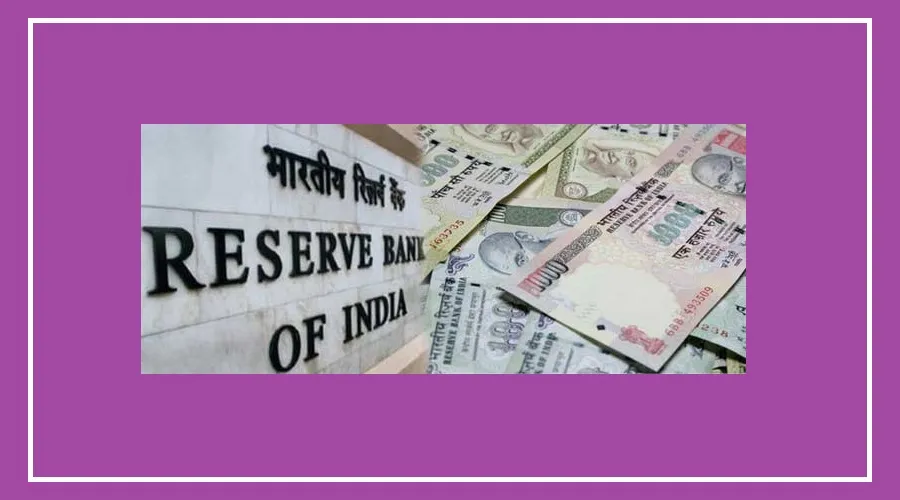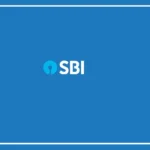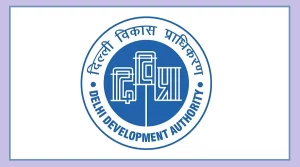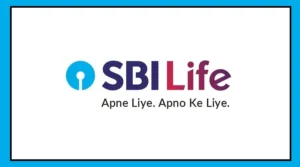The Reserve Bank of India (RBI) announced a major change on Friday in the rules for gold loans, providing relief to small borrowers.
RBI has increased the loan-to-value (LTV) ratio from 75% to 85% for gold loans up to Rs 2.5 lakh.
What does a higher loan-to-value ratio mean?
It means if you pledge gold worth Rs 1 lakh, you can now get a loan of up to Rs 85,000 instead of Rs 75,000 earlier.
This change will help small traders and middle-class people who take gold loans for short-term needs.
The Loan-to-Value (LTV) ratio shows the percentage of your gold’s value that can be given as a loan. With this new RBI rule, if your gold is worth Rs 1 lakh, you can get Rs 85,000 instead of Rs 75,000.
For gold valued up to Rs 2.5 lakh, borrowers can now get loans up to 85% of their gold’s value.
Shares of gold loan companies went up
Gold loans are fast to process, so people often use them for urgent financial needs by pledging gold. Gold is also seen as a safe way to borrow money in difficult times.
After RBI’s announcement, shares of gold loan companies increased. Muthoot Finance shares rose 7% to Rs 2,470.
Manappuram Finance shares went up 5% to Rs 246.48. IIFL Finance shares increased by 4.5%, reaching Rs 452.45.
What is Loan-to-Value (LTV)?
LTV is the percentage of gold’s value that can be borrowed as a loan. As per RBI’s new rule, if your gold is worth Rs 1 lakh, you can get a loan up to Rs 85,000 (85%). This applies to gold loans up to Rs 2.5 lakh.
























